Trying To Understand CASIS Press and Social Media Impact
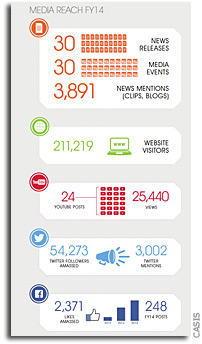
 Keith’s note: Let’s look at the media reach CASIS claims to have achieved in FY 2014. Page 32 of their FY 2014 Annual Report gives a summary (Larger image). This report represents what CASIS was capable of doing after being in operation for more than 3 years – after having received more than $42 million from NASA. Prior to this CASIS did not include these metrics in their reports. So this is the only snapshot we have.
Keith’s note: Let’s look at the media reach CASIS claims to have achieved in FY 2014. Page 32 of their FY 2014 Annual Report gives a summary (Larger image). This report represents what CASIS was capable of doing after being in operation for more than 3 years – after having received more than $42 million from NASA. Prior to this CASIS did not include these metrics in their reports. So this is the only snapshot we have.
In this 2014 summary CASIS claims to have issued 30 news releases. That’s one release issued a bit more often than once every 2 weeks. They also claim to have had 30 media events in FY 2014 but do not explain what constitutes an “event”. This could be a telecon or a full blown press conference. Hard to tell. They also claim to have had 3,891 “news mentions – clips, blogs”. If you go to this page and click on “Media Reach” you get a page that shows for 2015 CASIS has (first 3 quarters) had 18 press releases, 19 media events, 3,065 news mentions, and 2,711 Twitter mentions. Not much has changed.
This is not very revealing. There are lots of news services that have automated systems that grab and repost press releases without any thought given to what the releases say. But the word “CASIS” gets counted none the less. 30 press releases automatically (and mindlessly) posted by several dozen of these automated systems each time one of these releases is issued could easily explain a large portion of these “news mentions”.
CASIS claims to have had 211,219 “website visitors” in FY 2014. In 2015 (thus far) they claim their website had 165,674 visitors. They do not specify if these are unique visitors i.e. specific individuals counted once or just the number of visits by people regardless of how many times an individual may have visited. Either way, if this is an annual figure (it seems to be) then CASIS is much, much less popular than one would imagine that they’d be given that they are the exclusive access point for the utilization of the U.S. National Laboratory designated portion of the International Space Station.
They claim 24 YouTube posts with a total of 25,440 views in FY 2014. So far in 2015 they’ve had 16 YouTube posts and 260,768 “cumulative” views (since 2011, I guess). Even the most amateurish cat video can garner more followers than that in a matter of hours or days if it goes viral. Given that they are marketing the International Space Station, this is not too impressive over 4 years. Again, think cat videos.
CASIS claims 54,273 Twitter followers were amassed. They do not explain whether these were new followers or the total that they had to date when this report was created. They also do not mention which Twitter account they were referring to: @ISS_CASIS (which they developed and now has over 80,000 followers) or @ISS_Research (which they inherited from NASA after NASA had substantially developed the follower base for several years and now has over 290,000 followers). So far in 2015 They have made 669 Twitter posts, have a cumulative 74,201 Twitter followers (no account specified). I am guessing that they are referring to @ISS_CASIS since growth from 54,273 (a year ago) to 80,000 (now) in a year or so is not that unexpected.
In their report CASIS claims 3,002 Twitter mentions. In 2015 (so far) they have 2,711. This is not very illuminating – is this retweets of things they tweeted? If @NASA with its millions of followers mentioned them just once and a few dozen @NASA followers retweeted that tweet you could get this number of Twitter mentions really fast. CASIS also claims to have had 2,371 Facebook likes and to have made 248 posts in 2014. In 2015 they claim 4,879 cumulative Facebook likes and 440 Facebook posts. This is hardly impressive given that this level of Facebook activity is something that virtually anyone can do if they post a selfie or a link to a cat video once a day.
These PR and social media numbers – especially the social media metrics – do not impress me at all given that I can get this level of visibility from NASAWatch.com SpaceRef.com and our other sites and social media accounts in a matter of days and we’re not the largest or most popular space news sites by any stretch of the imagination. Given the sheer size of NASA.gov and @NASA whose footprint is measured in millions in every possible web metric there is, you have to wonder why CASIS has such a pitifully small footprint by comparison – especially since they could easily coordinate some shared visibility with what NASA does to leverage their own readership.
As I noted in an earlier article, CASIS spent $862,234 on advertising in 2013 – that’s four times the $235,753 they spent on it in 2012 and twice the $359,105 they spent on it in 2011. That’s a total of $1.46 million spent on advertising in 3 years. It is rather baffling that they can spend this kind of money on advertising and yet have PR and social media metrics that are this anemic – especially when you consider the immense facility in outer space that they are free to use in all aspects of their PR.
One would hope that their FY 2015 report (reflecting yet another $15 million in income and a 4th full year of operations) will be much better. Based on 3 quarters of data (according to CASIS) things have not changed appreciably – as much as you’d expect with all the money spent on advertising. Given this lack of progress, you have to wonder whether this organization has a clue as to what they are doing. Again, CASIS has been given the keys to a large part of the International Space Station. If they can’t leverage that immense bit of exclusivity so as to get appreciable visibility for the true potential of the ISS then its time to look for someone else who is up to the task.
Next: CASIS educational outreach.
– Examining Staff and Board Member Salaries at CASIS, earlier post
– CASIS Still Ignores Commercial Research on ISS, earlier post
– CASIS Has No Idea How To Raise Money – Only How To Spend It, earlier post


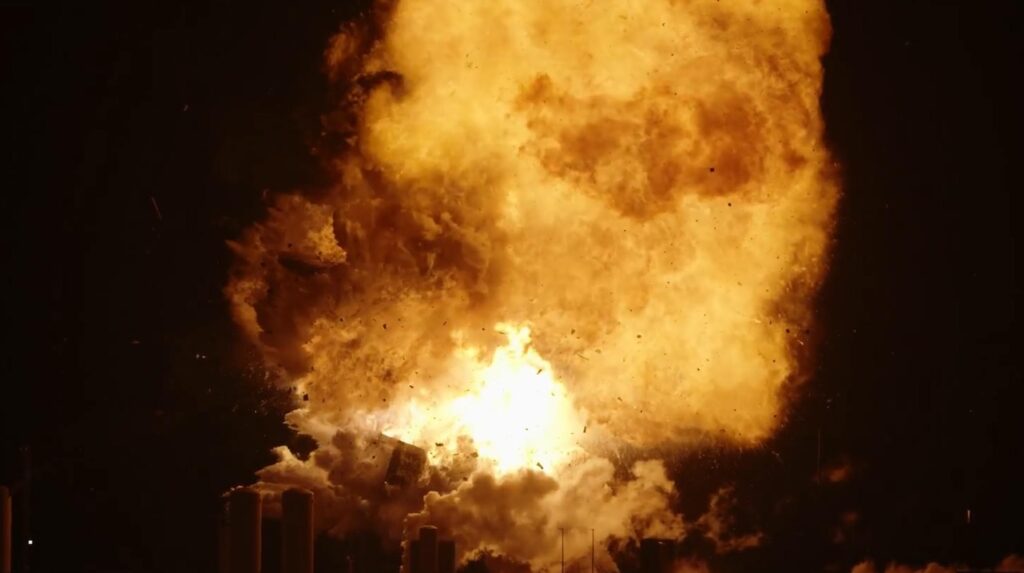
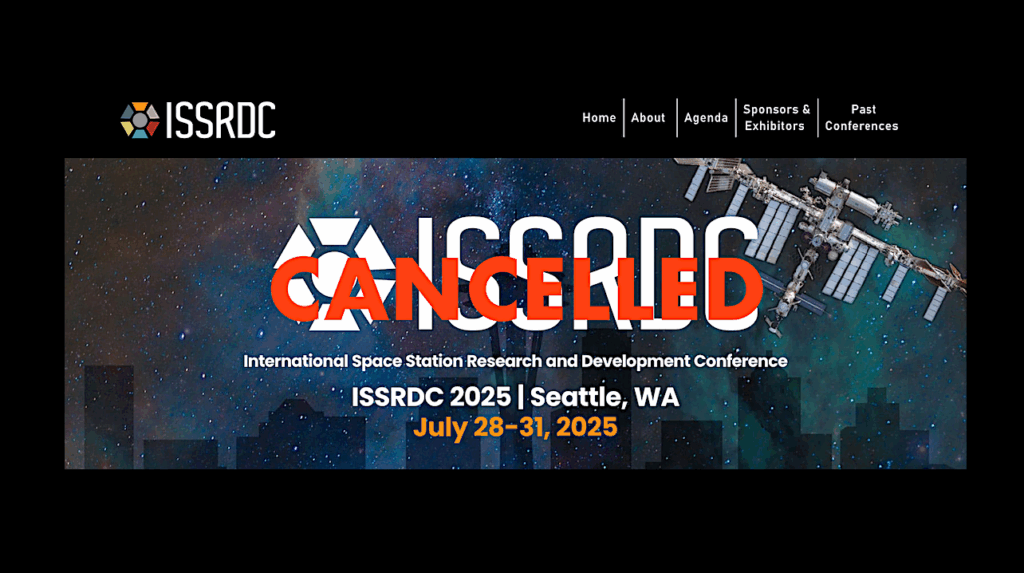
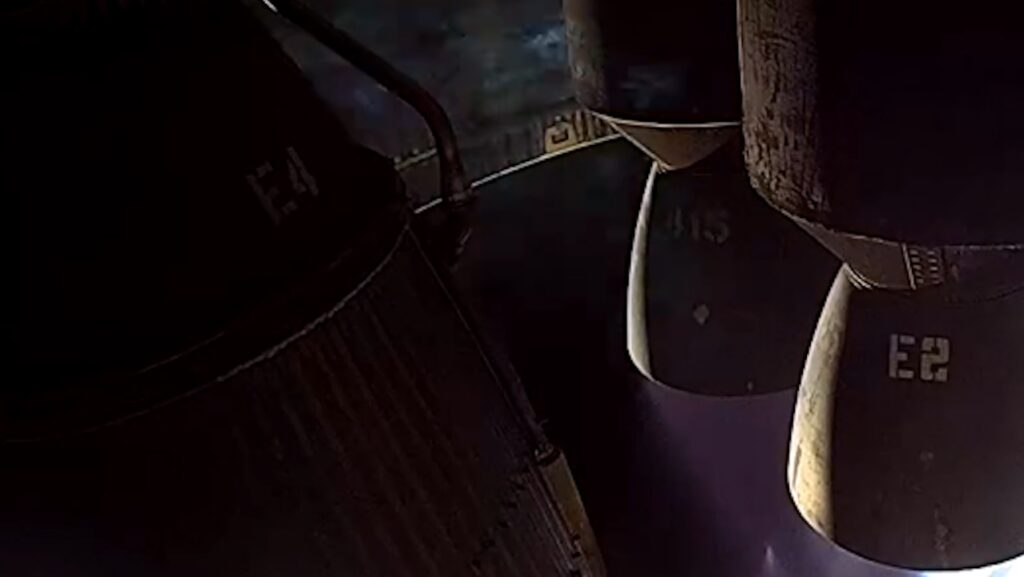
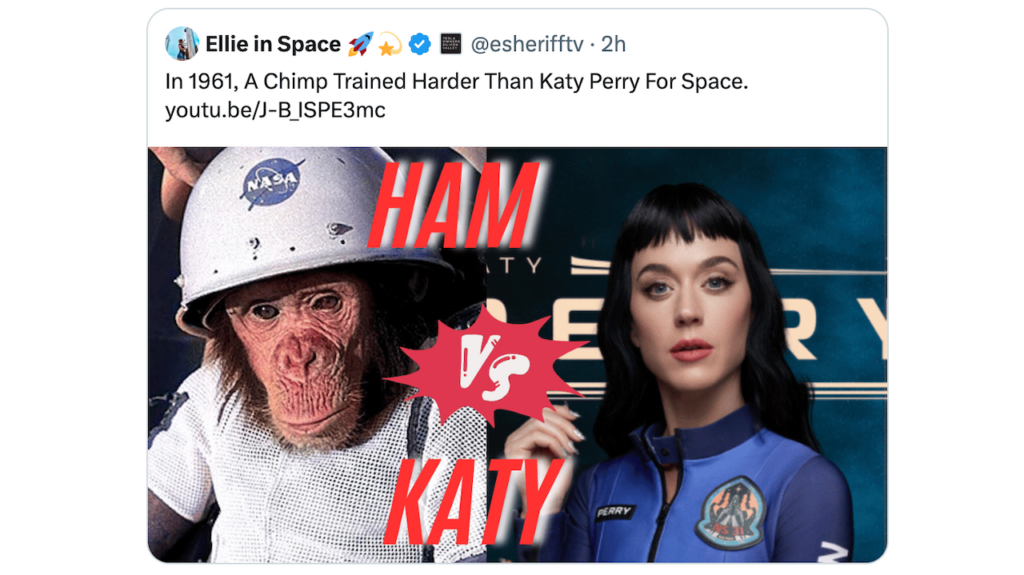
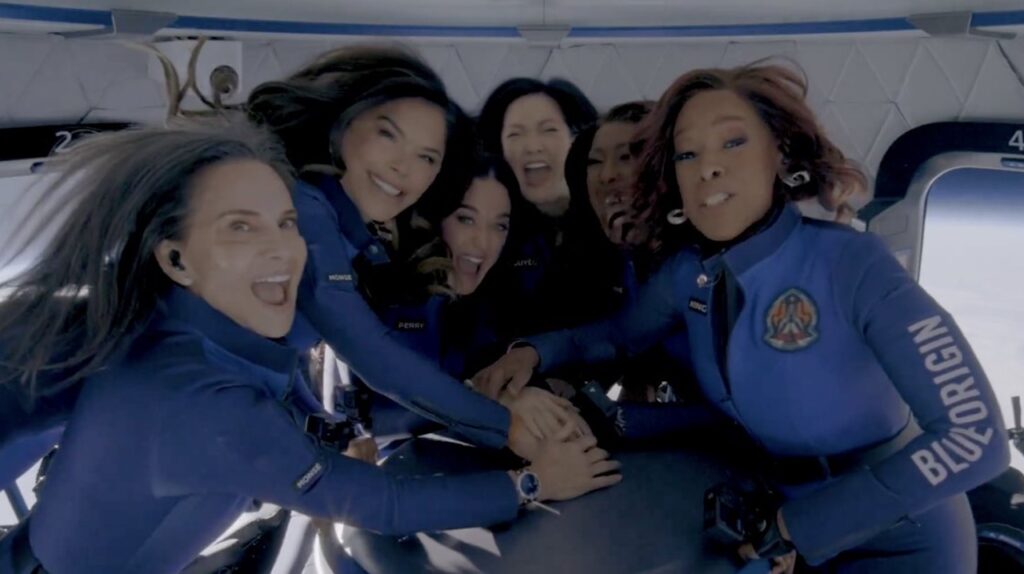
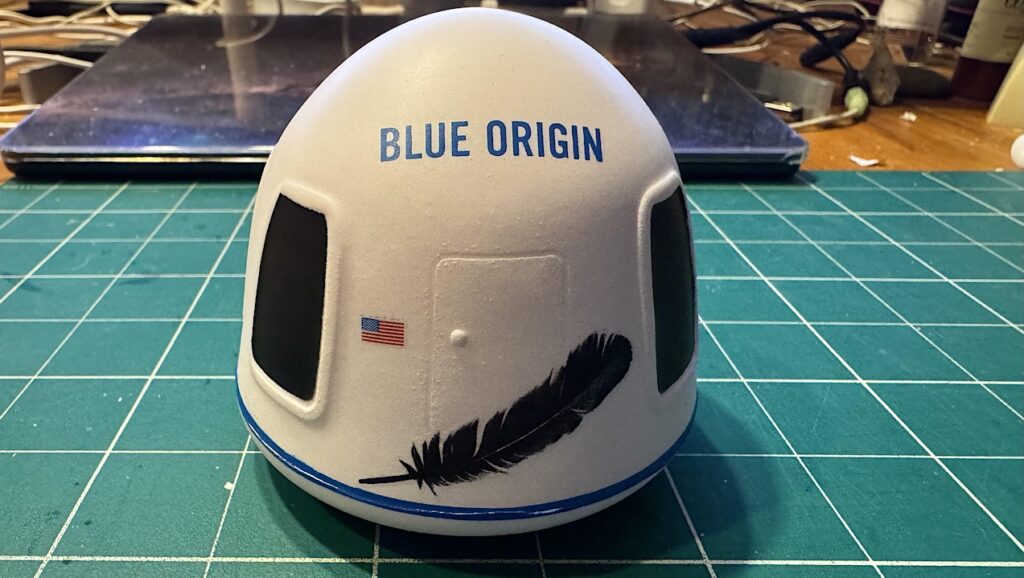

I don’t pretend to understand all of the social media stats,
since they are presented at such a high level.
Its easy to have lots of partners in industry and academia
if your job is handing out money. Understanding how the money is being used is where the focus ought to be.
It is great that CASIS participated in a NASA initiated, NASA run Destination Station ‘program’. That is easy to do. Usually they are
non-professional community events. I’m not sure how many new payloads have come from them. NASA usually does a few of those programs each year. So if CASIS only participated in one, why? How many conferences did CASIS initiate and organize? Did they approach some big potential customers? How many otherexternally organized R&D, Technology, or Education conferences did CASIS
play an active roll in? Did they organize sessions? Did they present the new streamlined ISS integration process? Lets see some evidence of their technical papers and presentations. Tweets and minor Youtube videos are easy. How much energy did CASIS put into producing something new and useful to say that was accepted into a peer refereed journal?
CASIS says that every dollar CASIS contributed was leveraged
7 times. How? Show the evidence.
As an example of a concern, one of the payloads CASIS claims in its annual report is AMS. Why would CASIS be giving any money to AMS? AMS has been an ongoing externally funded ISS payload program for more than 20 years. AMS is well funded by another US government agency. AMS is well funded by other governments around the world.
NASA used to ‘make money’ on AMS. NASA was basically operating as a contractor, integrating and operating AMS for
the Department of Energy. It was one of the few ISS payloads that was real and externally sourced and funded. NASA did not have to invest any money into AMS. So if CASIS is now putting NASA money into AMS and saying that AMS money coming from external sources is leverage on the CASIS investment then they are wasting NASA dollars just in order to claim some return on the investment.
CASIS says that their first payloads have responded to an RFP, been developed, gone into orbit, been operated, and have now returned
after only two years. If those are real, human operated, sophisticated payloads that make use of US astronauts and ISS facilities, and that placed into orbit real, new hardware, then that is impressive. If, on
the other hand, they are talking small self-contained CUBESAT type payloads, or other small payloads previously flown, it is not a big deal. CUBESATS have flown and conducted their missions in 9 months
or less prior to CASIS.
CASIS talks a lot about new education programs, new
payloads, new activities. But I see few if any pictures of any of these. That is suspicious.
I think back to the NASA Centers for Commercial Development
program of the 80s and 90s. NASA gave a lot of money, mainly to academic institutions to develop research programs, fund researchers, develop payloads that were going to fly on Shuttle. NASA gave away hundreds of millions of dollars to a lot of Commercial Development Centers. There were no problems as long as there was no capacity to
fly the payloads. Everyone enjoyed getting their millions. The Commercial Development program was very successful giving money away. But when Shuttle payload capacity opened up in the 1990s, what NASA found was that most of the Commercial Development Centers had never developed anything. Only a couple of them came through with payloads of any sort after several years and millions of dollars of
grants. Some of those payloads used already existing, already flown Shuttle hardware. Most of the Commercial Centers were shut down.
What is being produced for the money being spent?
Sounds like YOU read the report!
PR and Social Media aside, what are the statistics on papers written based on ISS research (might be limited by the availability of the 6 person crew)? Has it gone up?
Maybe a better sign of outreach is the number of applications (if that is how it works) for requests for research to be done on ISS? I would hope that that number would go up as a result of their outreach efforts. I care more about their influence on the science community than the public at large. The public at large is more interested in the “fun” videos and pictures that come down from Station. Those of the public that wish to sink their teeth into the science of it all and the ‘return on investment’ have places to go to get that info, CASIS being one of them.
Hopefully, in a couple years, Station population will go up by one. At least, that is the promise. And when that happens, the promise is that Station capacity for science will go up significantly. Just adding one more person results in a tripling of crew hours available for research, or some exponential amount, I forget the exact number.
But to use Richard’s lesson of the failed Commercial Development Centers, when the capacity for research does go up in a couple years, I hope CASIS is ready for it…even if I don’t choose to follow them on Twitter.